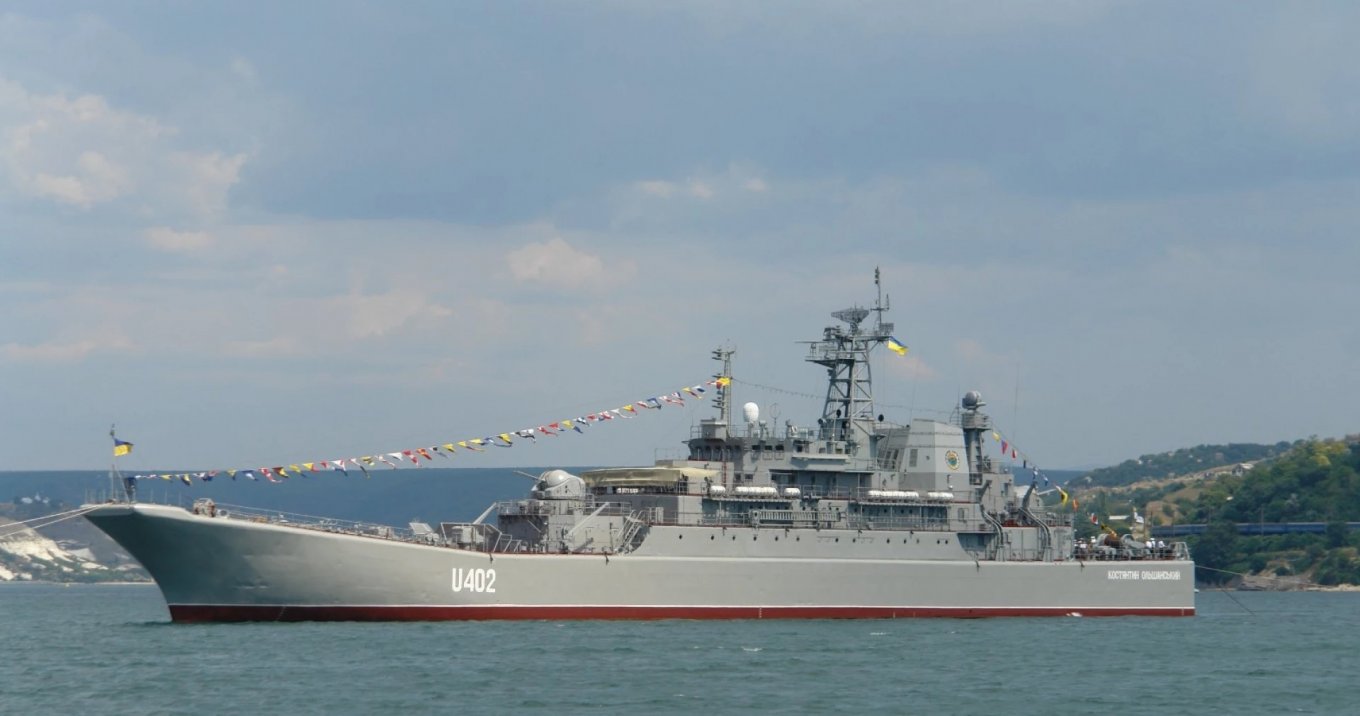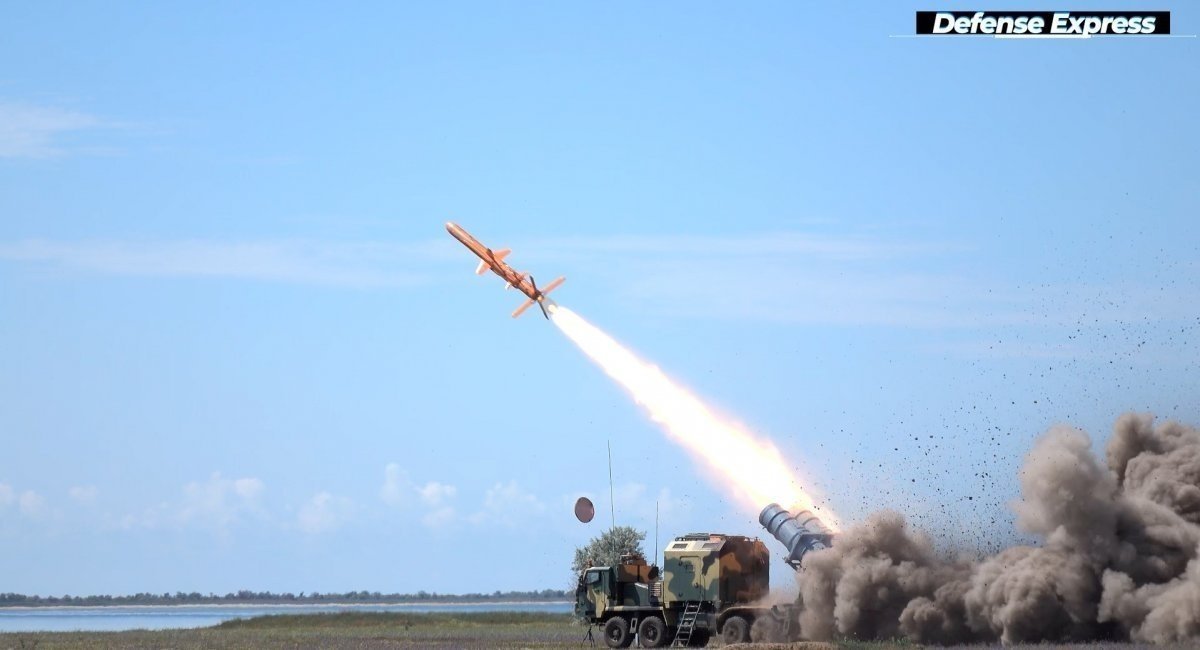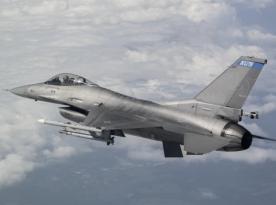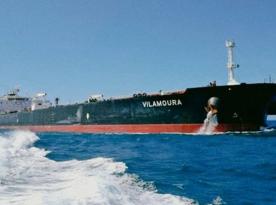Official notice from the Ukrainian Navy confirms that on top of the two known russian ships hit on the March 24th attack, the Yamal and Azov, one more should be added. The third warship affected by the missile strike is the former Ukrainian Konstantin Olshansky landing craft that was captured by russian invaders back in 2014 during the occupation of Crimea.
This naval ship had stayed for 9 years in Sevastopol Bay but then, according to the Ukrainian Navy spokesman, Dmytro Pletenchuk, the russians tried to refurbish it and pass it off as a repaired Minsk (struck on September 13th, 2023) or Olenegorsky Gornyak (also struck on August 4th, 2023).
Read more: After Ukraine's Strike, Only Seven Landing Ships Left in the Black Sea, Here's When Things Get Interesting

"This ship was about to be used against Ukraine. Unfortunately. So the decision was made to strike down this unit, too, with our Neptune. The hit was secured. The damage is being clarified… In any case, it is incapable of fighting right now either," Pletenchuk said.
The statement about the Neptune missile being used for this attack means the weapon must have undergone a serious modernization.
The first aspect is the range. Official fact sheets say the missile's maximum flight distance is 280 km which is barely enough to launch the missile to Crimea in a straight line, without any room for maneuvering and bypassing hostile air defense-protected zones. Even though from the very beginning, the name of the missile — R-360 Neptune — was pointing to its real combat range, there was also previously shared information about a new modification with a 400-km range.
The main challenge was, however, to have the missile select the right target. Public data from 2021 said the Neptune with its active radar homing head could distinguish and attack ships based on their self-designated categories: small, medium, and large. Furthermore, the missile was originally designed to be used against targets in the open sea where a ship makes a much better contrast surrounded with nothing but water.

Hitting a specific target in a berth or a dock, or especially in a bay filled with other ships of the same type, calls for a completely different approach to missile guidance. Not to mention the bay is covered by air defenses and electronic jammers.
Besides, another important function for such a combined attack is target distribution among the missiles because multiple targets were struck simultaneously. The significance of this factor should not be underestimated when it comes to a salvo discharge because no matter how smart the missile is when seeking a target, there's no point if they all decide to aim at the same ship.
There's little to be said about the specifications of the upgraded Neptune without any details from the officials, apart from taking the memo that the weapon has definitely improved and gotten new capabilities.
Read more: What Is the Realistic Flight Duration of the Zircon Missile to Kyiv














